Top 10 B2B eCommerce Platforms of 2025 Compared: Features, Pricing, and Who They’re Best For?
The B2B eCommerce Platform Decision Just Got More Complex
In 2025, selling to businesses online is no longer about spinning up a storefront and calling it a day. From pricing logic to buyer portals, the demands of B2B eCommerce have evolved, and not all platforms are keeping pace.
If you’re a manufacturer, wholesaler, or hybrid B2B/B2C brand, the wrong platform can slow down your sales team, frustrate your buyers, and stall growth. That’s why we created this guide to go beyond feature checklists and help you match the right platform to the complexity of your sales operations.
Why Platform Fit Matters More Than Ever
Today’s B2B buyers want self-service, real-time pricing, and fast ordering, but your internal workflows still depend on reps, ERP systems, and negotiated contracts. The right eCommerce platform must bridge that gap.
In our evaluations, we focused on five key criteria:
- B2B-specific features like tiered pricing, quote workflows, and buyer portals.
- Flexibility and customization, including headless readiness and open APIs.
- Cost of ownership, both upfront and in the long term.
- Scalability and ecosystem, including app availability and partner support.
- Support for complex sales processes like MOQs, customer-specific catalogs, and bulk ordering.
Let’s dive into the top 10 B2B eCommerce platforms of 2025.
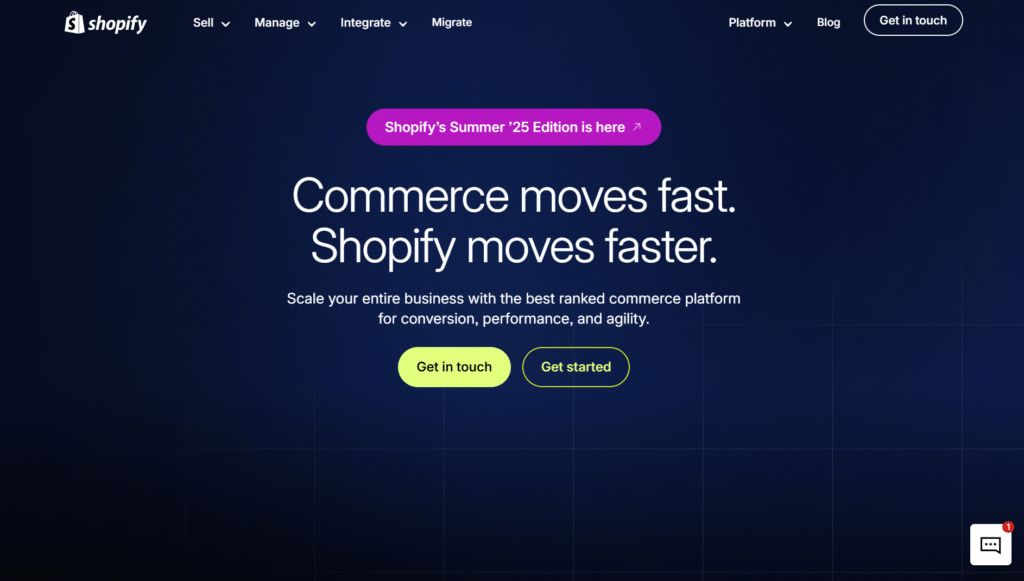
1. Shopify Plus
Best For: Fast-growing B2B brands that value ease-of-use and speed to market.
- Pros: Clean UX, app ecosystem, B2B-specific features (with Plus), and Extend Commerce app support.
- Cons: Limited native flexibility for complex workflows.
- Codup’s Take: Great for brands that want to move fast, just be ready to extend it with custom apps or middleware.
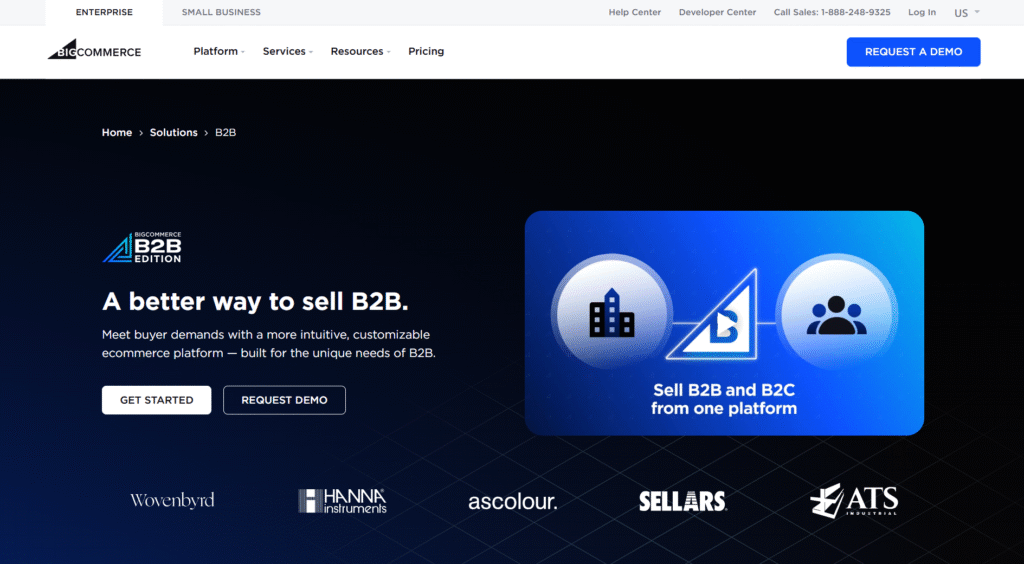
2. BigCommerce B2B Edition
Best For: Mid-market teams that want open architecture with strong out-of-the-box B2B tools.
- Pros: Native B2B tools (quotes, payment terms, price lists), open API.
- Cons: UI can feel clunky without customization.
- Codup’s Take: Strong mid-market contender, especially when paired with a flexible front-end.
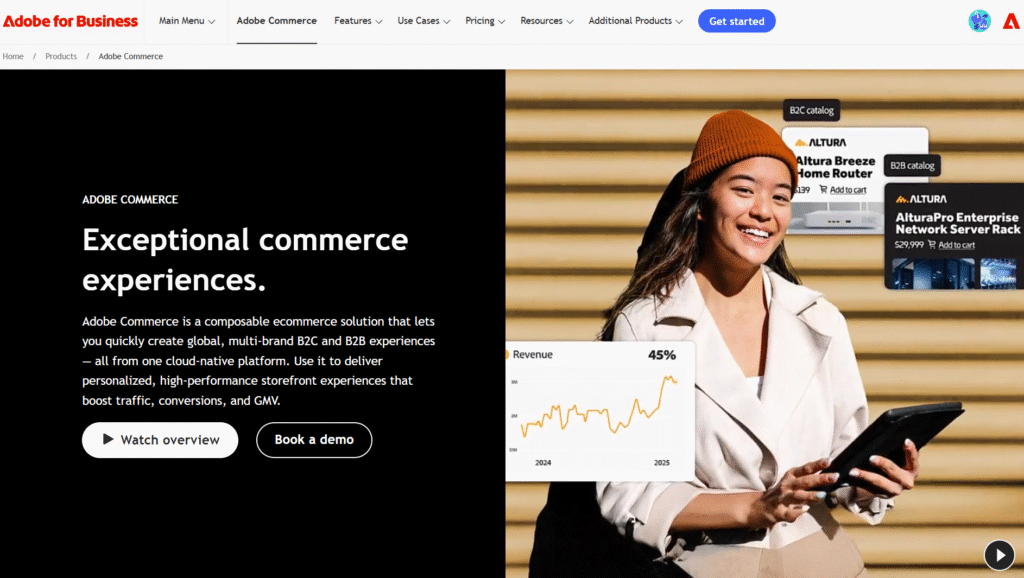
3. Adobe Commerce
Best For: Businesses requiring in-depth customization and control.
- Pros: Powerful open-source foundation, mature B2B modules.
- Cons: High TCO, developer-heavy.
- Codup’s Take: Perfect for teams with complex needs and strong internal tech resources.
Read next: Adobe Commerce for B2B: Worth the Investment?
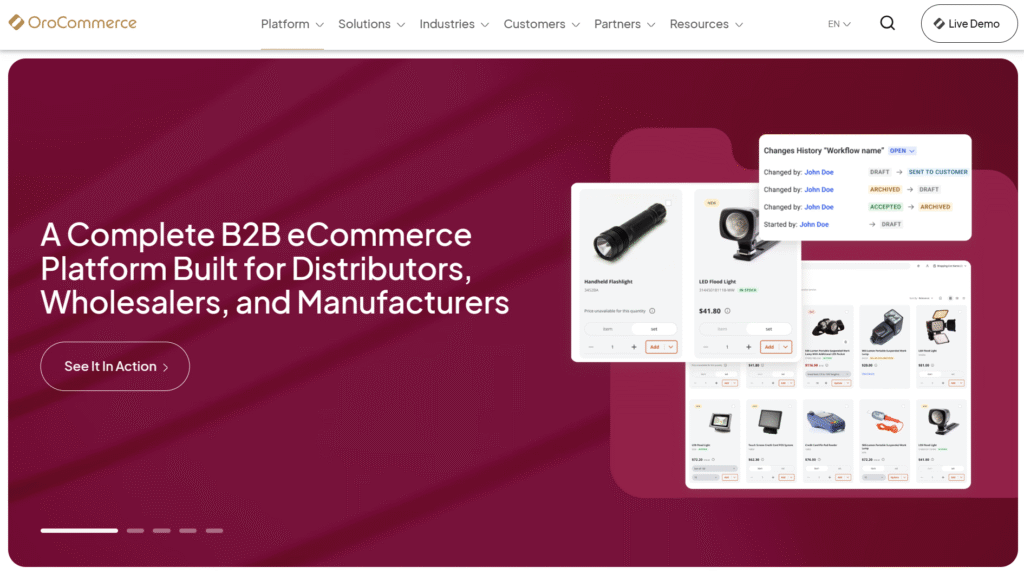
4. OroCommerce
Best For: Enterprise-grade B2B use cases with long buying cycles.
- Pros: Designed for B2B from the ground up (accounts, workflows, CPQ).
- Cons: Steep learning curve.
- Codup’s Take: Ideal for manufacturers and distributors with unique buying structures.
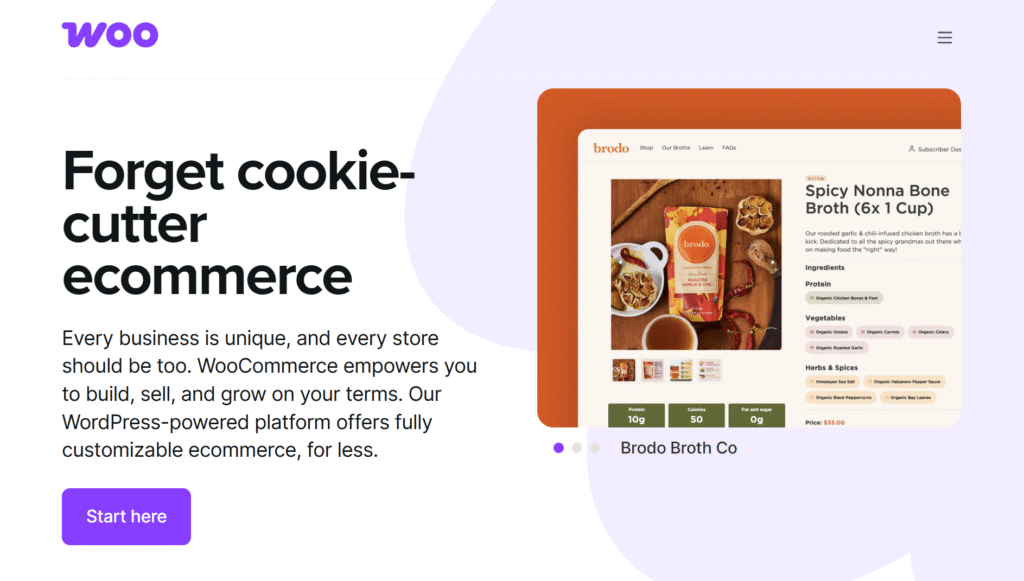
5. WooCommerce
Best For: SMBs and mid-market players who want flexibility without overengineering.
- Pros: Highly customizable, Extend adds B2B pricing, portals, and bulk ordering.
- Cons: Requires technical setup to unlock its full B2B potential.
- Codup’s Take: When customized properly, WooCommerce becomes a lean, scalable B2B machine.
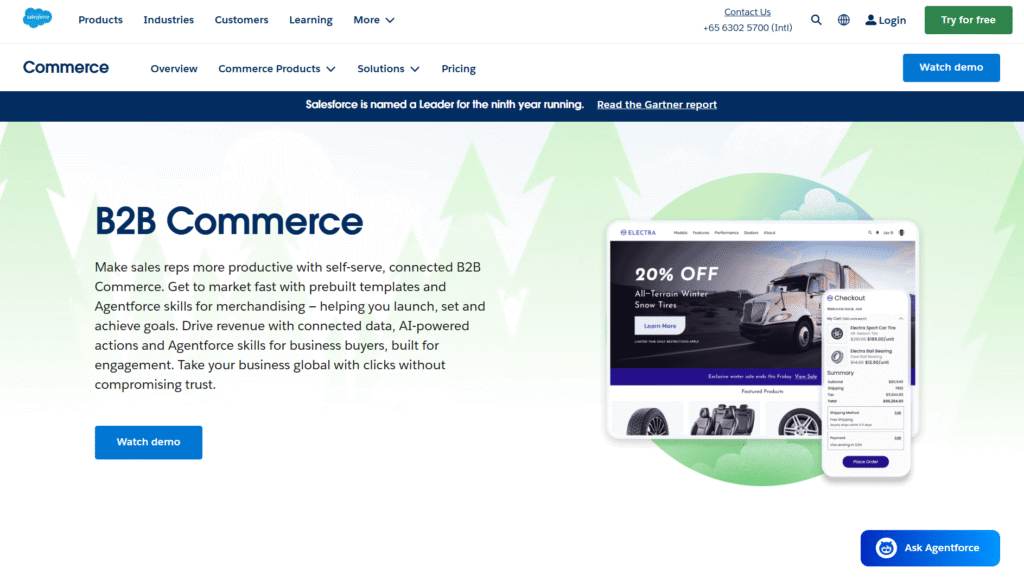
6. Salesforce B2B Commerce
Best for: Salesforce CRM-heavy environments that require tight integration.
- Pros: Seamless CRM connection, powerful account management.
- Cons: High cost, slower time-to-launch.
- Codup’s Take: Best when Salesforce is already the core of your tech stack.
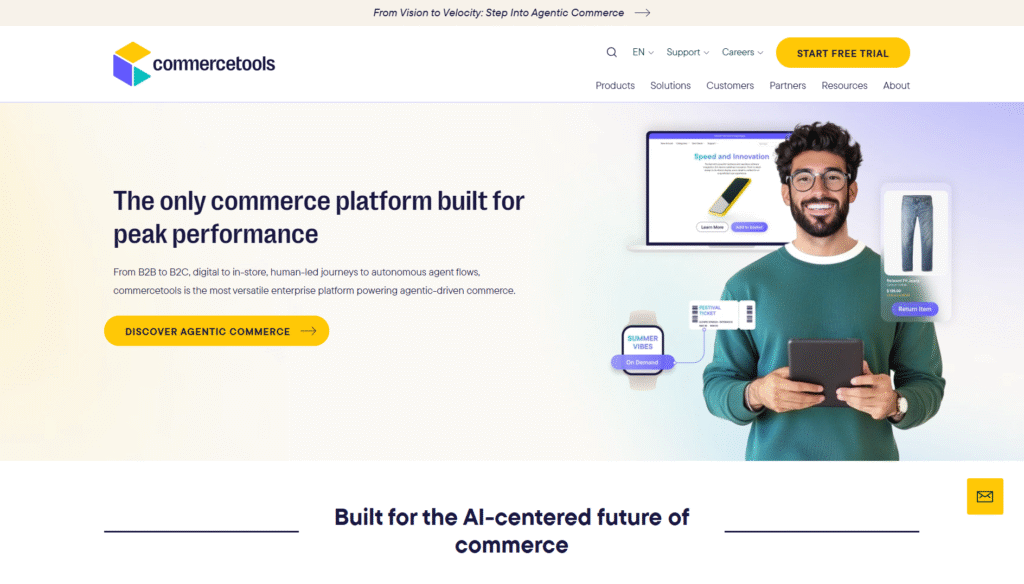
7. Commercetools
Best For: Enterprises looking to go fully headless with granular control.
- Pros: MACH architecture, API-first, composable commerce-ready.
- Cons: Requires custom frontend and engineering investment.
- Codup’s Take: If your business model is complex and your dev team is strong, this is your playground.
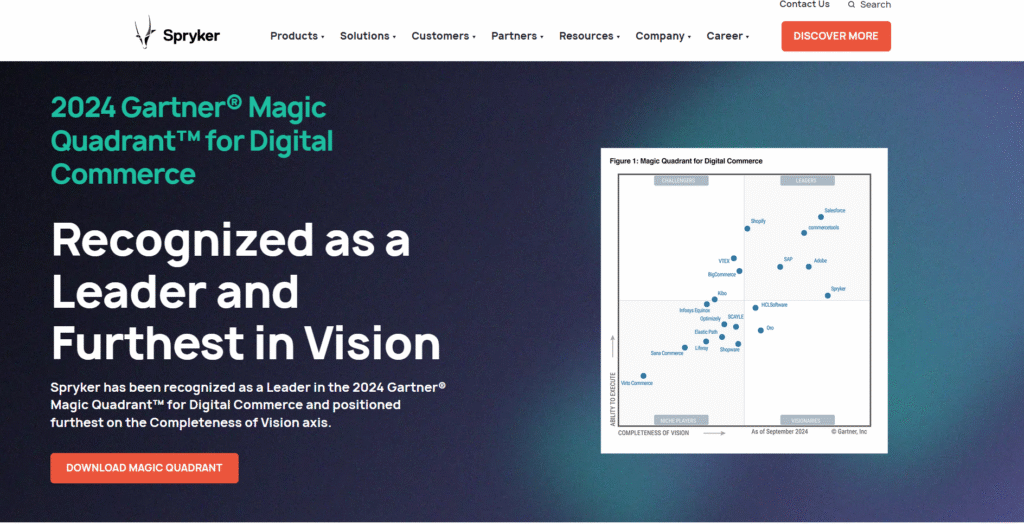
8. Spryker
Best For: High-complexity, multinational B2B organizations.
- Pros: Modular architecture, marketplace support.
- Cons: Developer-heavy, less suited for smaller teams.
- Codup’s Take: Ambitious platform for ambitious sellers brings a strong partner to execute.
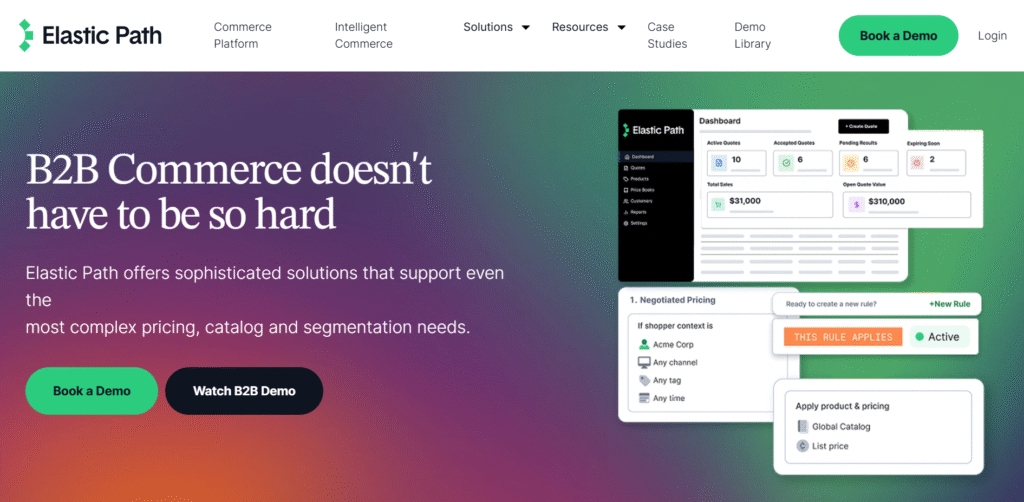
9. Elastic Path
Best For: Brands needing a flexible commerce engine for non-traditional use cases.
- Pros: API-first, composable commerce leader.
- Cons: Requires deep technical involvement.
- Codup’s Take: Not for the faint of heart, but unmatched for flexibility.
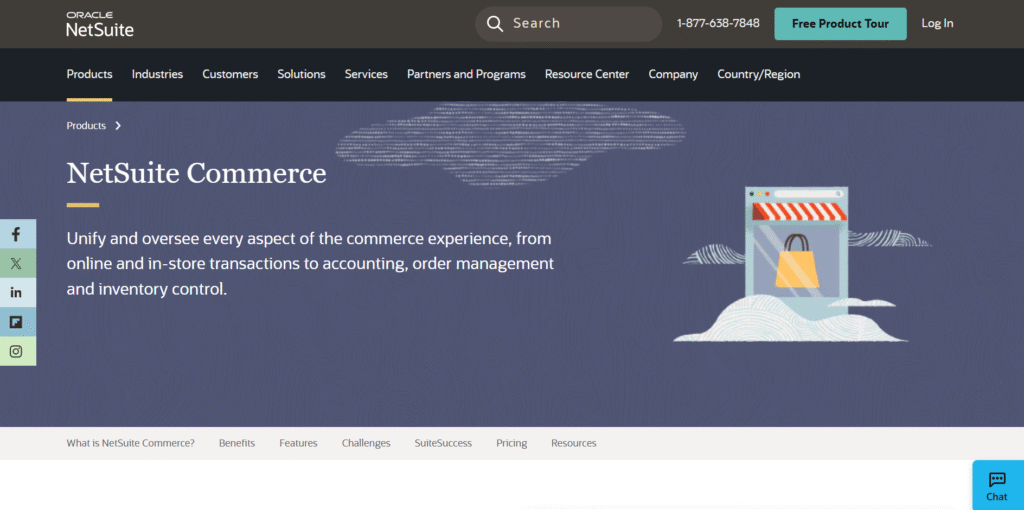
10. NetSuite Commerce
Best For: Teams already invested in NetSuite ERP.
- Pros: Native ERP integration, single data source.
- Cons: Limited customization, less modern UX.
- Codup’s Take: Great if you’re already deep in the NetSuite ecosystem, but may require front-end upgrades.
Platform Comparison Table
| Platform | Best For | Headless Ready | Custom Pricing | Quote Workflow | Ideal Business Size |
| Shopify Plus | Fast movers | (with apps) | (needs apps) | (needs apps) | SMBs, Mid-Market |
| BigCommerce B2B | Mid-market builders | (with apps) | (with apps) | (with apps) | Mid-Market |
| Adobe Commerce | Full customization | (with apps) | (with apps) | (with apps) | Mid-Market, Enterprise |
| OroCommerce | B2B-first complexity | (with apps) | (with apps) | (with apps) | Enterprise |
| WooCommerce+Extend | Agile teams | (needs apps) | (with apps) | (with apps) | SMBs, Mid-Market |
| Salesforce B2B | CRM-native sellers | (with apps) | (with apps) | (with apps) | Mid-Market, Enterprise |
| commercetools | Headless-first orgs | (with apps) | (with apps) | (with apps) | Enterprise |
| Spryker | Global giants | (with apps) | (with apps) | (with apps) | Enterprise |
| Elastic Path | Engineering-heavy | (with apps) | (with apps) | (with apps) | Mid-Market, Enterprise |
| NetSuite SuiteComm. | NetSuite loyalists | (needs apps) | (with apps) | (needs apps) | Mid-Market |
When to Choose a Platform vs. Build Custom
For some brands, even the best B2B platform isn’t enough out of the box. Suppose your sales process involves complex pricing, ERP logic, or highly personalized buyer journeys. In that case, you may need to heavily customize or build on a flexible core, such as Shopify or WooCommerce.
At Codup, we help B2B sellers bridge that last mile by customizing your chosen platform and integrating it with tools like ERPs, CRMs, and pricing engines.
Final Thoughts: Fit Over Hype
Choosing the right B2B eCommerce platform isn’t about the most popular name. It’s about alignment with your business model, sales process, and tech roadmap.
In 2025, that means choosing platforms that support:
- Real-time, customer-specific pricing.
- Buyer portals that mirror sales team relationships.
- Flexible architecture that grows with your business.
Codup helps you not only select the right platform but also make it yours.
Contributors
-

Calister Maloney
writer
Content Lead


